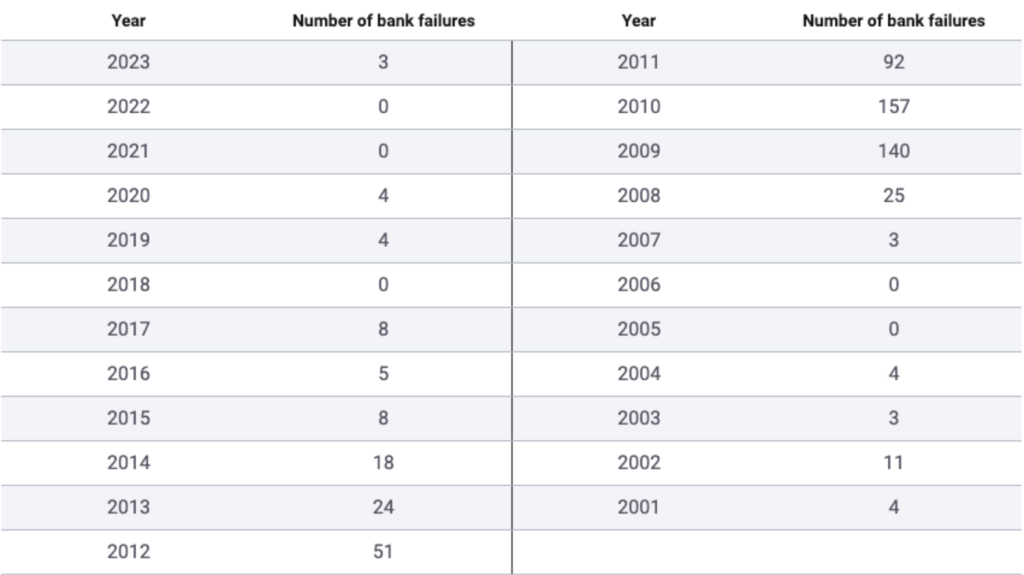
Contrasting Financial Strength: Banks vs. Life Insurance Companies
The financial industry is a complex ecosystem comprised of various sectors, each playing a distinct role in the economic landscape. In this comparison, we delve into the financial strength of banks and life insurance companies, exploring key metrics and statistics to provide a clear understanding of their respective positions.
Financial Strength of Banks:
Banks serve as the backbone of financial systems, playing a pivotal role in facilitating economic activities through lending, investment, and other financial services. However, the susceptibility of banks to economic downturns and market fluctuations is evident in historical data. According to global statistics, a notable number of banks have faced financial distress and, in some cases, insolvency over the years.
One crucial metric is the number of bank failures. In times of economic stress, banks can experience a domino effect, leading to a wave of failures. The aftermath of the 2008 financial crisis witnessed a significant number of bank closures, creating a ripple effect that reverberated across the global economy. Regulatory interventions and reforms have since been implemented to enhance the resilience of the banking sector.
Financial Strength of Life Insurance Companies:
Life insurance companies, on the other hand, operate in a different sphere of the financial industry. Primarily focused on managing risk through underwriting policies, these companies derive stability from a diverse portfolio of long-term investments. Unlike banks, life insurers are less susceptible to short-term market fluctuations.
Statistics demonstrate that life insurance companies have historically exhibited a higher level of financial stability compared to banks. The nature of their business, characterized by long-term liabilities and careful risk management, provides a buffer against the rapid impacts of economic downturns. Life insurers tend to maintain robust capitalization, ensuring their ability to meet long-term obligations to policyholders.
Comparative Statistics:
A noteworthy contrast emerges when examining the statistics of bank failures versus life insurance insolvencies. While banks have experienced periods of vulnerability, resulting in a significant number of failures, life insurance companies demonstrate a more resilient track record. The number of life insurers facing insolvency is comparatively lower, underscoring the industry’s ability to weather economic storms more effectively.
Conclusion:
In the realm of financial strength, the comparison between banks and life insurance companies reveals distinct dynamics. Banks, integral to economic activities, may face challenges during economic downturns, leading to a notable number of failures. In contrast, life insurance companies, with their focus on long-term stability and risk management, exhibit a higher level of resilience.
Understanding these differences is crucial for investors, policymakers, and the general public. It emphasizes the importance of a diversified and well-regulated financial system that accommodates the unique challenges and strengths of each sector. As the financial landscape continues to evolve, acknowledging these distinctions contributes to informed decision-making and the overall stability of the financial industry.

